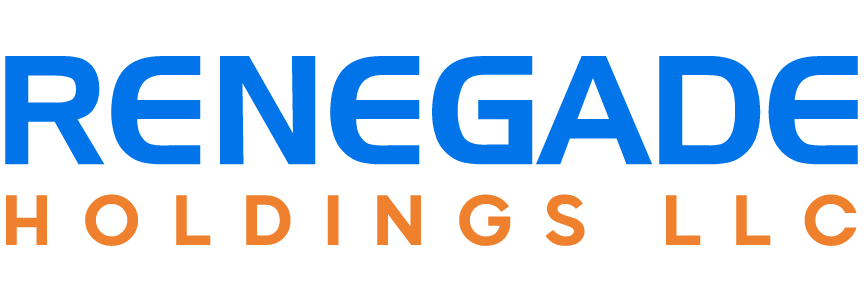President Trump’s Call to End Quarterly Earnings Reports: Implications for Government Contractors and Project Managers
In August 2018, President Donald Trump publicly suggested that American companies should no longer be obligated to release quarterly earnings reports, a policy currently mandated by the U.S. Securities and Exchange Commission (SEC). This initiative, aimed at reducing regulatory burdens and fostering long-term business growth, could bring notable shifts in corporate transparency, investor relations, and compliance standards. While the idea primarily targets publicly traded companies, it also raises compelling questions for government contractors and project managers working within the framework of federal and state regulations.
Background: Understanding Quarterly Earnings Reports
Quarterly earnings reports are financial summaries that publicly traded companies must file with the SEC every three months. These filings—referred to as 10-Q reports—include updated financial statements, management analysis, and disclosures about internal risks or uncertainties. The rationale behind this reporting cycle is transparency and investor protection, fostering accountability and market confidence.
Key Components of Quarterly Reports
– **Income statement**: A summary of revenue, expenses, and profit over the quarter
– **Balance sheet**: A snapshot of assets, liabilities, and shareholder equity
– **Cash flow statement**: Details of cash inflows and outflows
– **Management discussion & analysis (MD&A)**: Executive commentary on performance trends and forward-looking risks
SEC’s Role in Financial Disclosures
The SEC regulation, rooted in the Securities Exchange Act of 1934, mandates uniform reporting intervals to ensure that market participants have access to timely and accurate information. These requirements are central to the trust investors place in financial markets.
President Trump’s Proposal and Its Rationale
President Trump floated the idea of eliminating mandatory quarterly reporting after consulting with business leaders who argued that the current system promotes short-term thinking. Under pressure to meet near-term expectations, companies may forgo long-term investments, such as R&D or infrastructure, that could drive sustainable growth.
Potential Benefits of Semi-Annual Reporting
– **Encourages Long-Term Planning**: Reduced frequency of earnings calls allows leadership to focus on growth strategies instead of meeting quarterly benchmarks.
– **Reduces Administrative Burden**: Less frequent filings may cut costs associated with compliance, audit preparation, and investor relations.
– **Improves Market Stability**: Diminished focus on short-term stock movements may result in more measured investment behavior.
Criticism and Regulatory Concerns
However, critics argue that weakening reporting requirements could erode financial transparency and heighten risks of mismanagement or fraud. Investors, analysts, and regulators would have fewer data points to assess a company’s financial health.
Implications for Government Contractors and Project Managers
Even though most government contractors are not public companies, many are directly affected by corporate reporting policies—especially prime contractors, joint ventures, and publicly traded subcontractors.
Impact on Prime Contractors and Federal Project Partners
Public companies serving as federal or Maryland state contractors might shift resource allocation strategies in the absence of quarterly earnings pressure. This could lead to:
– More consistent project funding across fiscal periods
– Increased willingness to invest in long-term capacity or innovation
– Reduced volatility in performance and financial stability assessments
Procurement and Compliance Considerations
Procurement officers will have less frequent updates to assess contractor viability. This could affect:
– **Source selection criteria**: Less real-time financial data could complicate risk evaluations for bidding contractors.
– **Performance monitoring**: Project managers may need to implement tighter internal controls and performance metrics to mitigate potential financial transparency gaps.
– **Audit readiness**: With fewer public data points, internal audits and documented performance reports will be increasingly critical, especially for projects requiring significant federal reimbursement or cost-plus structures.
Where Does the SEC Stand?
Following Trump’s remarks, the SEC initiated a public request for comment to examine the costs and benefits of quarterly vs. semi-annual reporting. While no official rule change occurred during the Trump administration, the discussion revitalized longstanding debates about balancing transparency with flexibility.
The Future Likelihood of Change
Any regulatory shift would require a formal rulemaking process including public comment and potentially Congressional action, especially for changes that implicate enforcement mechanisms and investor protection standards.
Conclusion
President Trump’s suggestion to eliminate quarterly earnings reports reignited discussion about corporate reporting reform and its implications far beyond Wall Street. For government contractors and project managers, the ripple effects of such a policy shift could manifest in risk assessments, procurement decisions, and financial management practices. While the SEC has yet to actualize a timeline for potential changes, stakeholders in public-sector contracting should remain vigilant. Fewer reporting requirements may offer operational advantages, but they also require more rigorous internal oversight and proactive stakeholder communication in the complex world of government contracting.
Stay informed and engaged. Even subtle changes in

